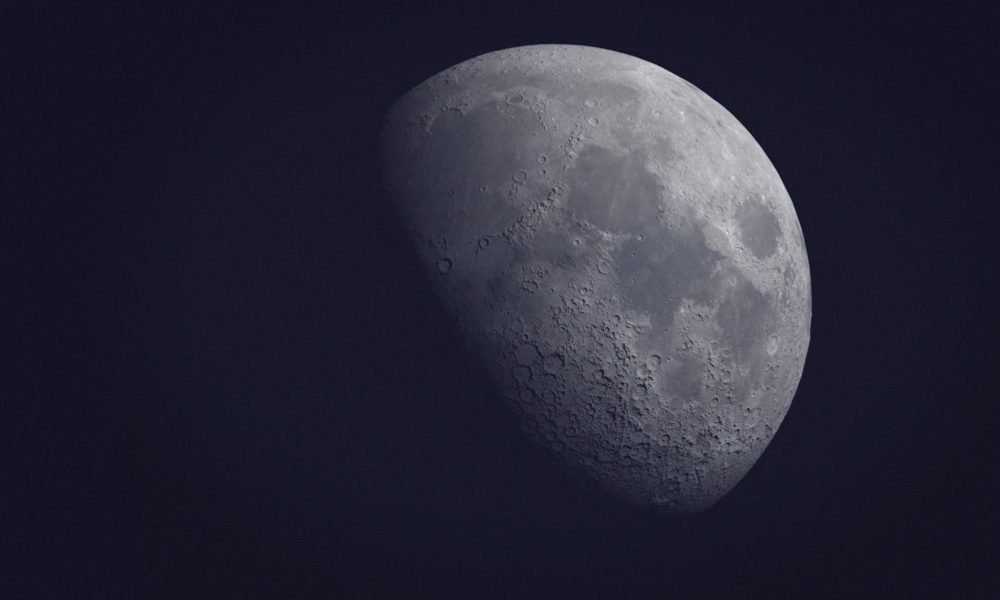
PROJECT TITLE: Stability tests of new photovoltaic structures for space applications against the protons and alpha particles irradiation — NEWPVSPACE
Coordinator: Institute of Space Science
Partners:
- University of Bucharest – Faculty of Physics
- “Horia Hulubei” National Institute of Physics and Nuclear Engineering
Period: 29 November 2013 – 28 November 2015
Project director: Dr. Marian Ghenescu
Project team: The project team include senior researchers and PhD students, with background in materials science, condensed matter and nuclear/particles (see also here)
Description: All satellites require electrical power to operate in space – and they get that power from the Sun’s ray. The solar cells array will have to endure an environment like nothing on Earth combining high vacuum, extreme temperatures and aggressive radiation, and engineers need to be certain of which materials they can rely on when designing for such a hostile environment.
The solar panels used for space applications must be developed on a lightweight substrate and also require a high radiation damage. CdTe is one of the most used materials as light absorber, due to its well fitted bandgap and high absorption coefficient in the visible region of the electromagnetic spectrum.
Project objectives:
Objective 1. To consolidate a team of researchers with high experience in the field of solar cells who can apply for national and international projects
Objectiv 2. To optimized the methods used for thin films fabrication
Objectiv 3. Obtaine different photovoltaic structures (TCO / CdS / CdTe / MTE si TCO / ZnS / CdS / CdTe / MTE)
Objectiv 4. Characterization of the photovoltaic structures before and after protons and alpha particles irradioaton
Objective 5. Defects analysis induced by protons and alpha particles
Objective 6. Diseminations results:
- to specialized national/international conferencess
- papers publish in ISI ranked journals
Activities:
- WP1 – Optimization of CdTe/Hole Colector Electrode interface used in superstrate configuration of photovoltaic cells based on CdTe as base absorber
- WP2 – Preparation of CdS/CdTe based PV cells in superstrate configuration and their characterizations before and after protons and alpha-particles irradiation
- WP3 – Preparation of ZnS/CdS/CdTe based PV cells in superstrate configuration and their characterizations before and after protons and alpha-particles irradiation
- WP4 – Project Management
Contributions to the STAR programme objectives: Gives us experience in using semiconductor materials for space application – we plan to develop a photovoltaic cells based on A2B6 compounds with a high resistivity on cosmic rays especially of protons and alpha particles.
Homepage: NEWPVSPACE
